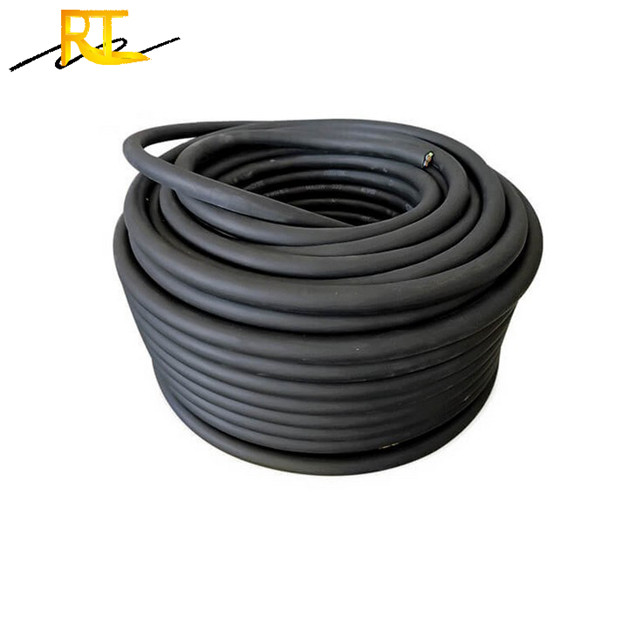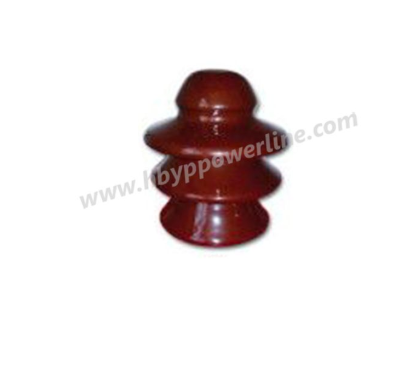Welding cables and power cables are both essential components in electrical systems, serving different purposes. Welding cables are designed specifically for welding applications, providing flexibility, durability, and resistance to high temperatures. On the other hand, power cables are used to transmit electricity from a power source to various electrical devices and equipment. Given their similarities in appearance and construction, some individuals may wonder whether welding cables can be used as power cables. In this article, we will explore the key differences between welding cables and power cables and determine if one can be substituted for the other.
Construction and Insulation
The construction and insulation of welding cables and power cables differ significantly. Welding cables are generally composed of fine copper strands, which offer flexibility and allow the cable to bend and move easily during welding operations. These strands are usually insulated with rubber or neoprene, providing protection against mechanical damage, oil, water, and high temperatures generated during welding.
Power cables, on the other hand, are designed with a more robust construction. They consist of multiple layers of conductors, insulation materials like PVC, XLPE, or other specialty materials, and protective sheaths. The multi-layered construction ensures safe and efficient power transmission over long distances and protects the cable from external environmental factors.
Current Carrying Capacity
One of the most critical differences between welding cables and power cables is their current-carrying capacity. Rubber Welding cables are engineered to handle high currents for short durations, as required during welding operations. They are not designed to handle the continuous, high current loads that power cables experience during electrical power transmission.
Power cables are designed with specific current-carrying capacities and ampacity ratings to ensure safe and efficient electricity transmission over prolonged periods. Attempting to use welding cables for prolonged high-current applications could lead to overheating, insulation breakdown, and pose significant safety hazards.

Voltage Ratings
Explore more:What is a LiFePO4 battery, and how does it differ from other types of lithium batteries?Enhancing Precision and Efficiency with PTC Heaters for Hot Glue GunsWhat is an LCD Display : Construction & Its WorkingDo Wireless Car Chargers Drain Car Battery?What industries benefit from touch screen industrial PCs?What is the main function of the cross arm?Understanding the Lifespan of Electric Heating Blankets: How Long Do They Last?Power cables are available in various voltage ratings to accommodate different power transmission needs, ranging from low voltage (LV) to high voltage (HV) applications. They undergo rigorous testing to ensure they can safely handle the specified voltage levels without compromising safety or performance.
Welding cables, on the other hand, are usually designed for low voltage applications specific to welding machines. Using welding cables for power transmission at higher voltage levels can lead to voltage breakdown and insulation failure, jeopardizing the safety of the electrical system and the users.
Environmental Factors
Power cables are designed to withstand various environmental conditions, such as exposure to UV radiation, moisture, chemicals, and extreme temperatures. They often come with additional protective layers and sheathing to ensure long-term durability.
Welding cables, though sturdy and designed to endure harsh conditions during welding operations, may not have the same level of protection against environmental factors as power cables. Using welding cables in demanding outdoor or industrial environments may result in premature wear and failure, compromising the electrical system's integrity.
Conclusion
In conclusion, while welding cables and power cables may look similar and share some characteristics, they are not interchangeable. Welding cables are engineered specifically for short-duration high-current welding applications and lack the necessary construction, insulation, and capacity to serve as power cables. Attempting to use welding cables as power cables can result in safety hazards, equipment damage, and electrical system failures.
For any electrical power transmission needs, it is essential to choose the appropriate power cables based on voltage ratings, current-carrying capacity, and environmental requirements. Adhering to these guidelines ensures a safe and efficient electrical system that meets the demands of modern power distribution and transmission. Always consult with a qualified electrical engineer or professional to select the right cables for any electrical application.
Explore more:Tips for Getting the Best Deals on nlinko at the Purchase Stage?The Advantages of High Brightness MonitorsCan I install a CAN Bus Display in any vehicle?Unveiling the Functionality of Tension Clamps: A Comprehensive Guide8 Tips for Maximizing the Potential of Ni-MH Battery PacksEverything You Need To Know To Find The Best Diesel Generator SetWhat Is a Genset and How Is It Used?









Comments
Please Join Us to post.
0